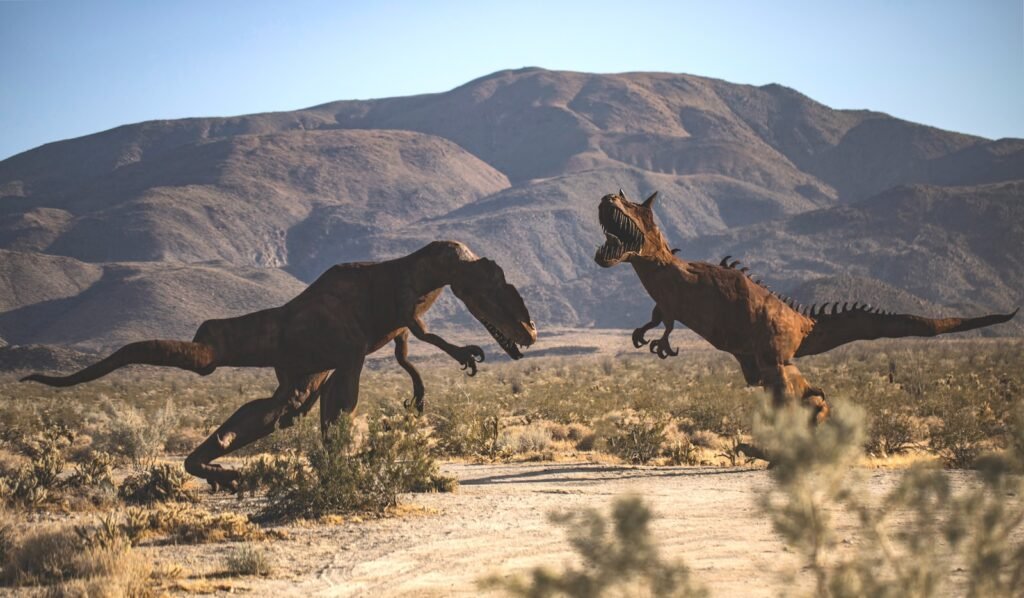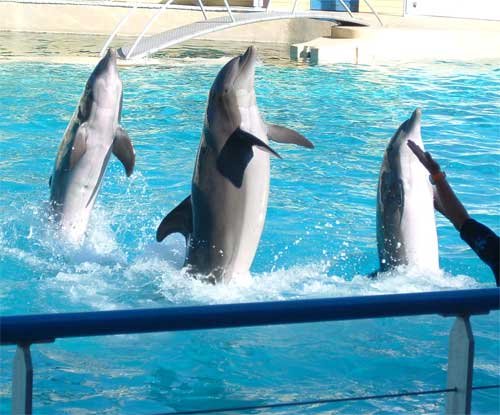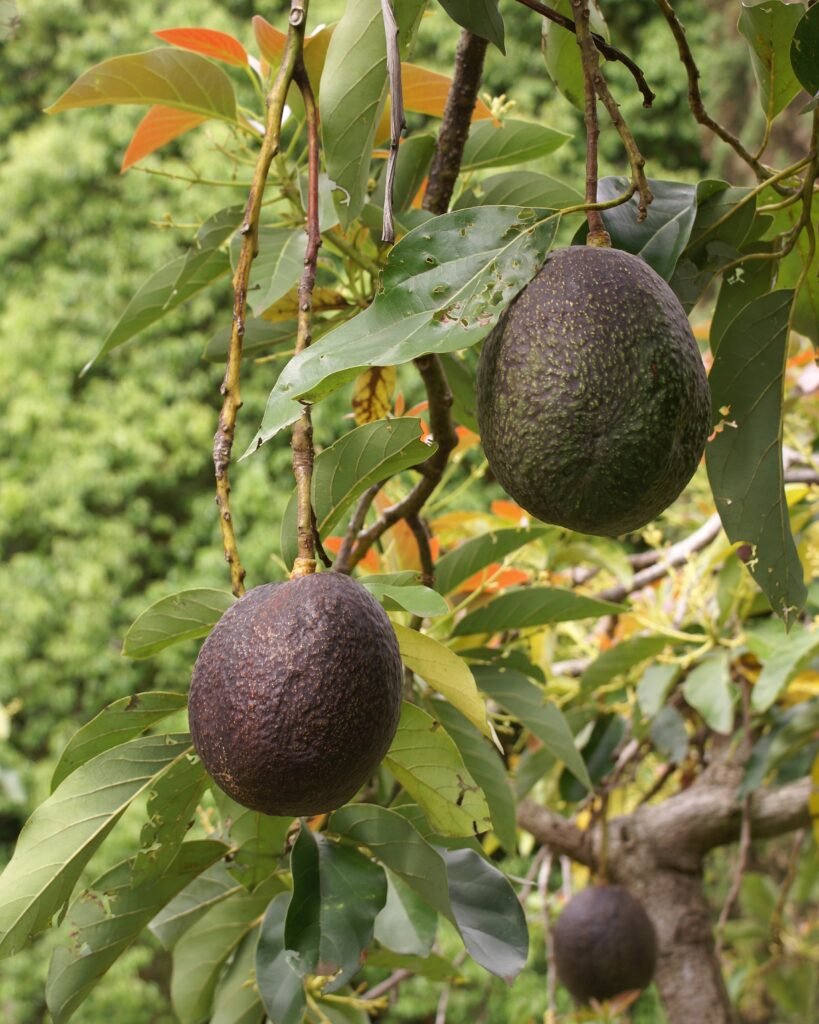Imagine a world where the first delicate blossoms didn’t just paint the landscape – they disrupted the rules of the hunt. During the Cretaceous, flowering plants spread across floodplains and uplands, patching forests with open, herbaceous meadows that changed visibility, scent, and shelter. That botanical makeover put pressure on both sides of the chase: prey had new escape routes and cover, while predators had to rethink strategy. The story is not a single fossil or headline specimen, but a mosaic of clues – pollen, teeth marks, footprints, and microscopic plant shards – slowly aligning into a bigger picture. And as scientists thread those clues together, a startling possibility emerges: flowers didn’t just decorate the dinosaur world; they helped script how predators moved, sensed, and survived.
The Hidden Clues
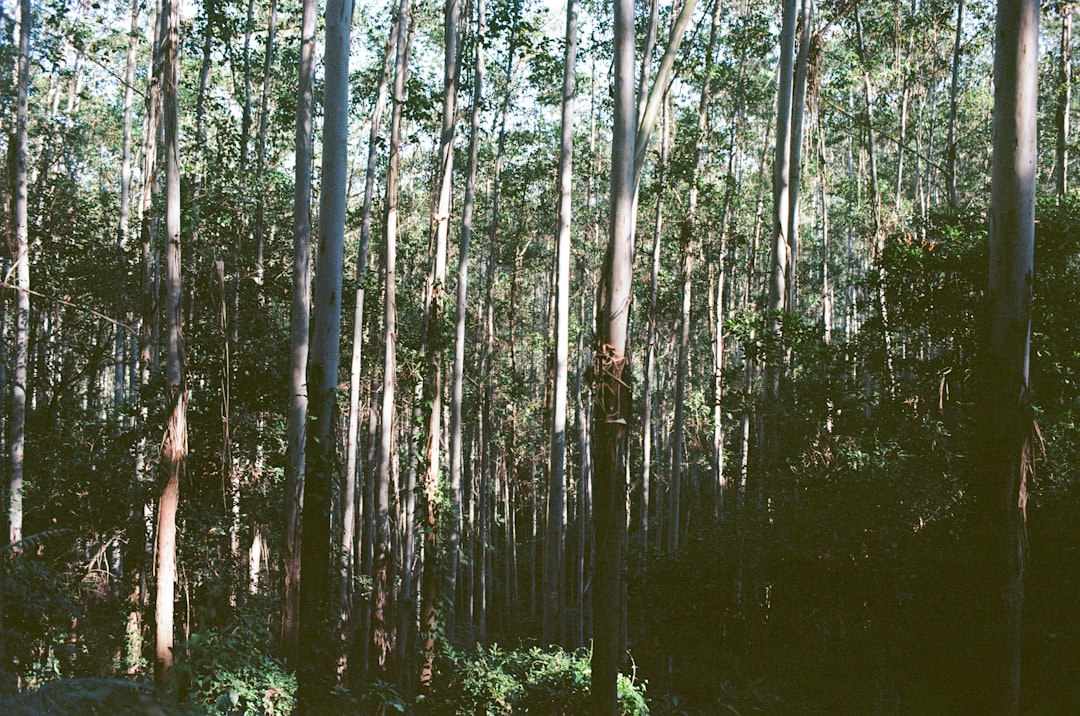
The evidence for shifting tactics begins in the small and stubborn: fossil pollen, leaf damage, and plant silica called phytoliths. These traces hint that angiosperms – flowering plants – expanded in the mid to late Cretaceous, introducing more herbaceous ground cover than earlier fern- and conifer-dominated worlds. Where forests once muffled sound and blocked sightlines, patchy meadows let light pour in and scents travel farther, reshaping the rules of detection. Trackways show prey animals taking straighter, faster routes across open substrates, a behavior that contrasts with the stop‑and‑start weaving expected in dense understory. Bite marks and healed injuries on herbivore bones tell another story: more pursuits ended in near misses, implying repeated chases rather than single ambush strikes.
Even the color patterns suggested by skin impressions and feathered fossils point toward new camouflage games. In brighter, open habitats, countershading and banded tails would have worked like optical smoke bombs, blurring outlines long enough to bolt.
Meadows Emerge: Angiosperms Reshape the Stage
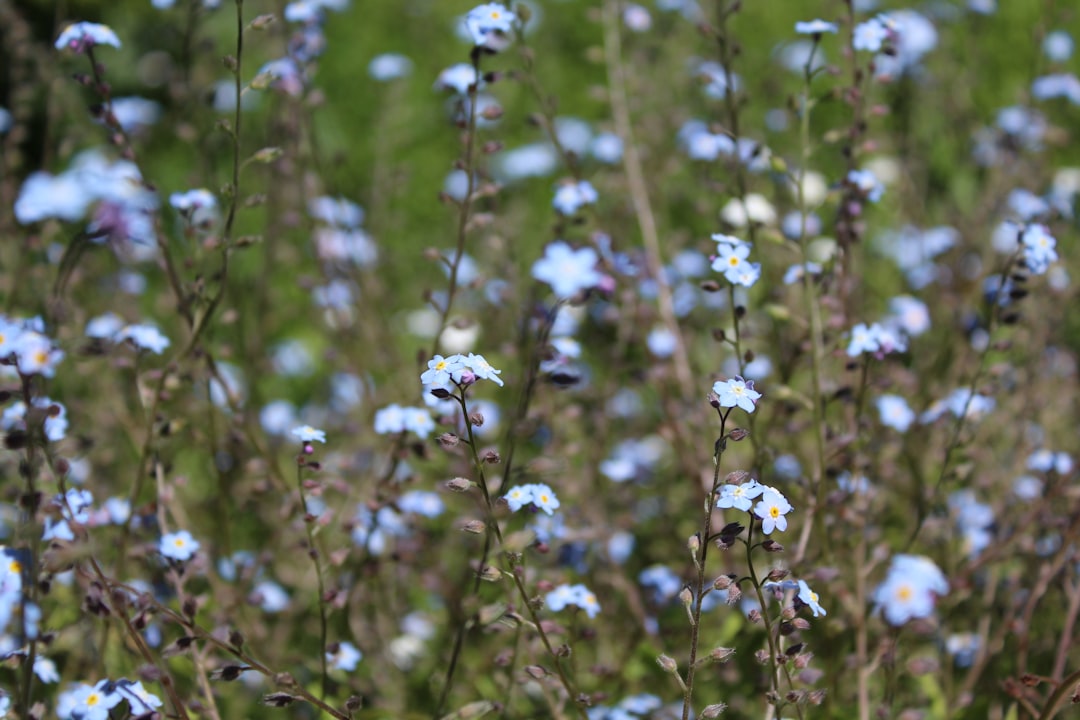
These meadows weren’t like later mammal-made grasslands, but they were open enough to change behavior. Flowering plants diversified along river channels and floodplains, where seasonal disturbances created a quilt of low vegetation, flowering forbs, and early grasses. For prey, this patchwork offered quick dashes between islands of cover, forcing predators to commit early to a direction and risk losing the sprint. For predators, the old forest strategy – wait, pounce, overpower – no longer worked as reliably when prey could see ambushers from a distance. Hunting became a matter of timing and teamwork with the terrain, using the edges of meadows like springs to launch a chase at just the right angle.
As vegetation shifted, so did the sensory landscape. Wind across flowers can carry scent farther than in thick conifer shade, a boon for noses but a challenge for stealth.
Prey on the Move: Speed, Sight, and Safety in Open Country

Hadrosaurs and small ornithopods likely exploited the new openness by traveling in larger groups, using many eyes to detect threats and legs to translate alarm into distance. Juveniles could vanish into knee‑high cover while adults formed moving barricades, a living hedge that made a clean strike hard. Trackways hint at coordinated movement, with parallel prints suggesting herd travel rather than solitary wandering. Horned dinosaurs in some regions show limb proportions consistent with bursts of speed – hardly marathoners, but quick enough to reach the next cover patch. The prey playbook shifted from don’t be seen to be seen first, then move.
Even the daily schedule may have flexed. In open habitats, crepuscular activity – dawn and dusk – offers softer light that scrambles a predator’s depth perception, buying precious seconds.
Predators Pivot: From Ambush to Pursuit
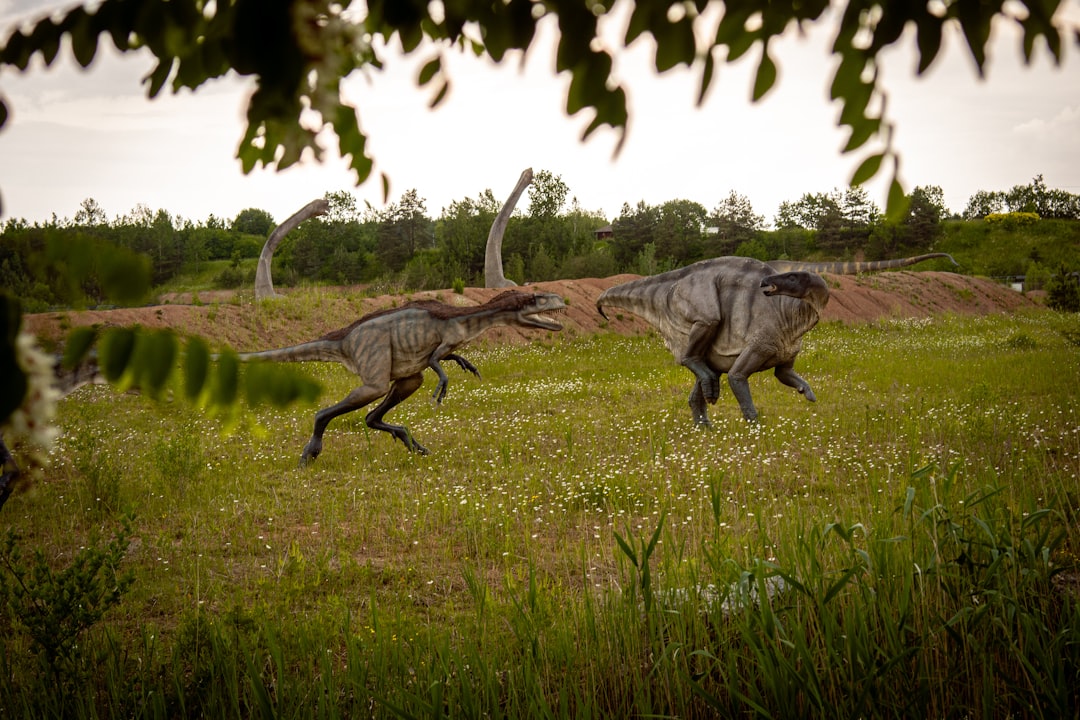
Ambush still worked along brushy margins, but open ground rewarded a different build: longer shins, springy tendons, lighter frames. Smaller tyrannosauroids and raptor‑like dromaeosaurs, with stiffened tails acting as counterbalances, likely became consummate turners, slaloming after zigzagging prey. Foot anatomy in some lineages reveals cursorial tweaks, the kind that shave milliseconds off each step and compound over a hundred meters. Even hunting sequences may have stretched out, with predators testing a herd from a distance, probed by short rushes before committing to a full chase. In open meadows, the winner wasn’t always the strongest jaw; it was the best manager of momentum.
That doesn’t mean every giant became a sprinter or that pack hunting was universal; those are still debated. But the trend line favors flexibility: predators that could switch between edge ambush and open‑ground pursuit had more options – and more meals.
From Ancient Tools to Modern Science
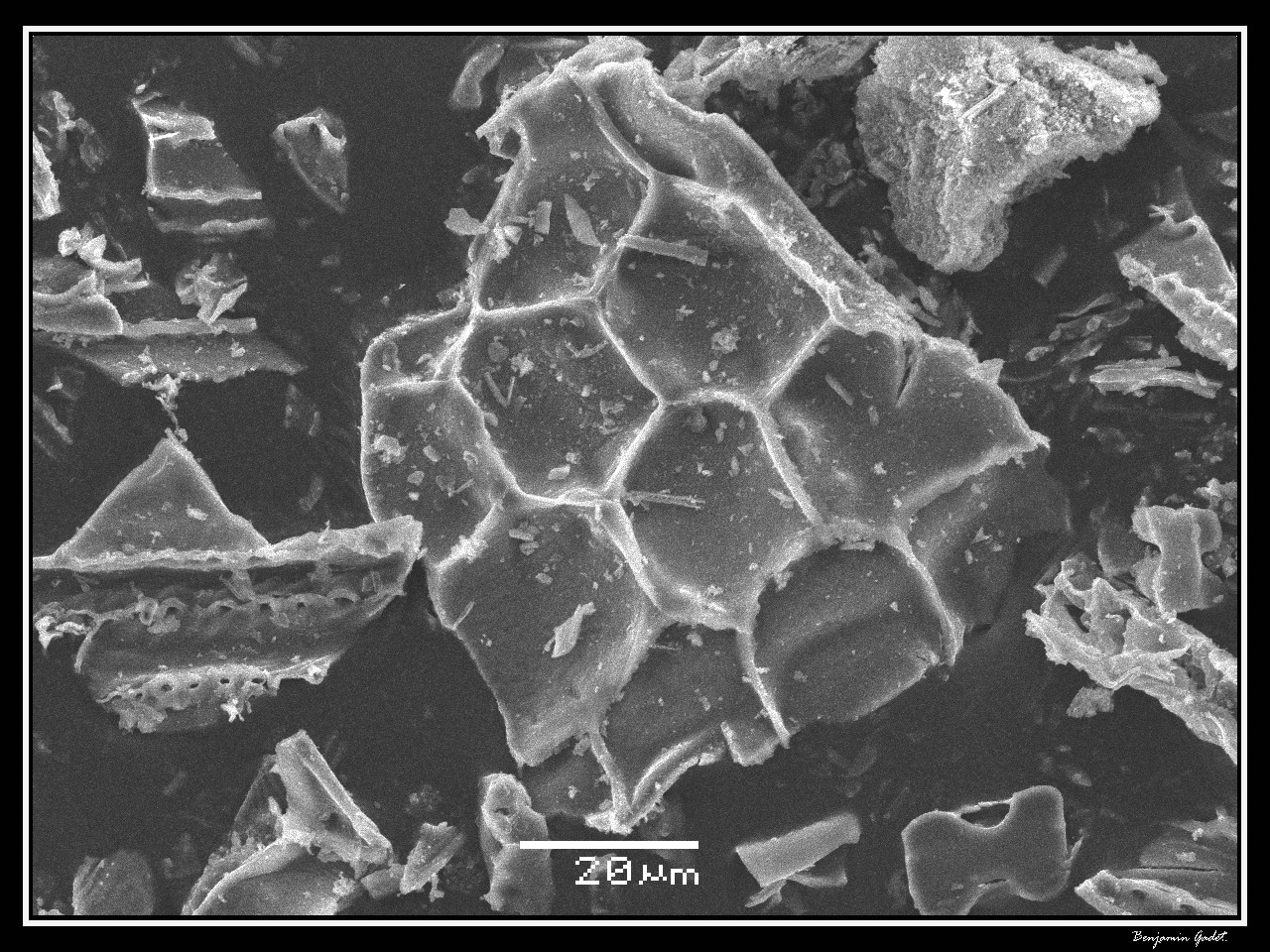
The toolbox behind these inferences is surprisingly modern. Microscopy of phytoliths reveals which plants stood where, while pollen spectra map entire landscapes across time slices. High‑speed computing lets researchers simulate pursuit curves – how a predator closes the gap when a prey animal turns at different angles – then test those models against real trackways. Isotopic signatures in tooth enamel capture seasonal movements, implying that some herds commuted between forested refuges and open feeding grounds, pulling predators along. I still remember peering at a pollen grain under a microscope and feeling a jolt of recognition; the past isn’t silent, it’s simply small.
Layer those micro‑stories together and a macro‑pattern emerges. The Cretaceous was not just a parade of teeth – it was a strategic contest orchestrated by plants playing conductor.
Why It Matters
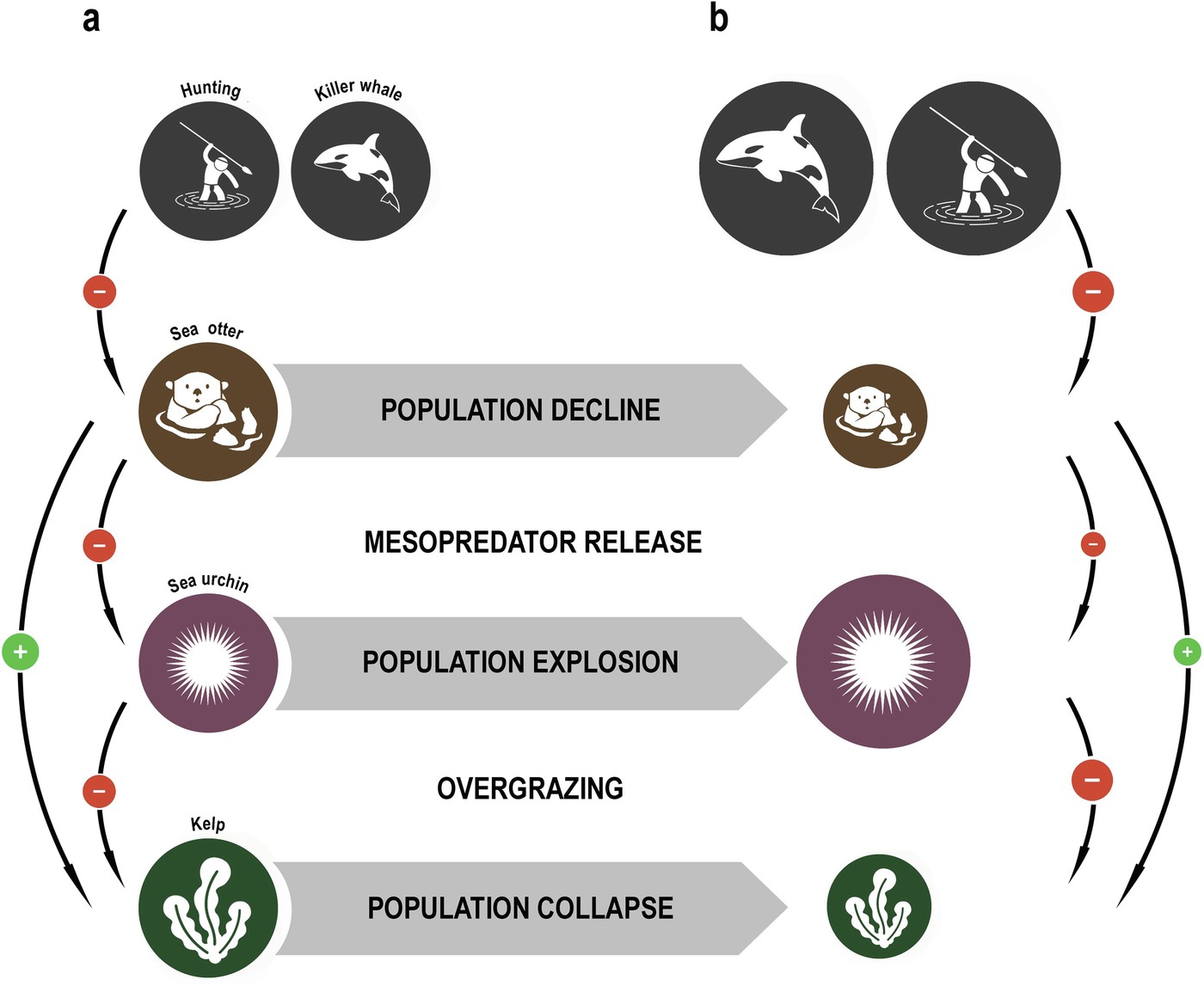
This isn’t ancient trivia; it’s a masterclass in how ecosystems rewire themselves when plants change the rules. When structure shifts – from tangled understory to patchy meadow – everything else moves: body plans, senses, social behavior, and migration. The Cretaceous experiment foreshadows modern transformations as savannas expand or shrink, and as human‑made clearings create new edges that favor some hunters over others. Conservation biologists today watch similar trade‑offs unfold as open-country predators thrive while ambush specialists struggle when cover vanishes. Understanding the deep past helps us predict which species adapt when habitats flip – and which need a lifeline.
It also sharpens our skepticism. If we mistake a plant‑driven shift for a predator‑driven one, we risk misreading both the fossil record and current ecosystems.
The Future Landscape
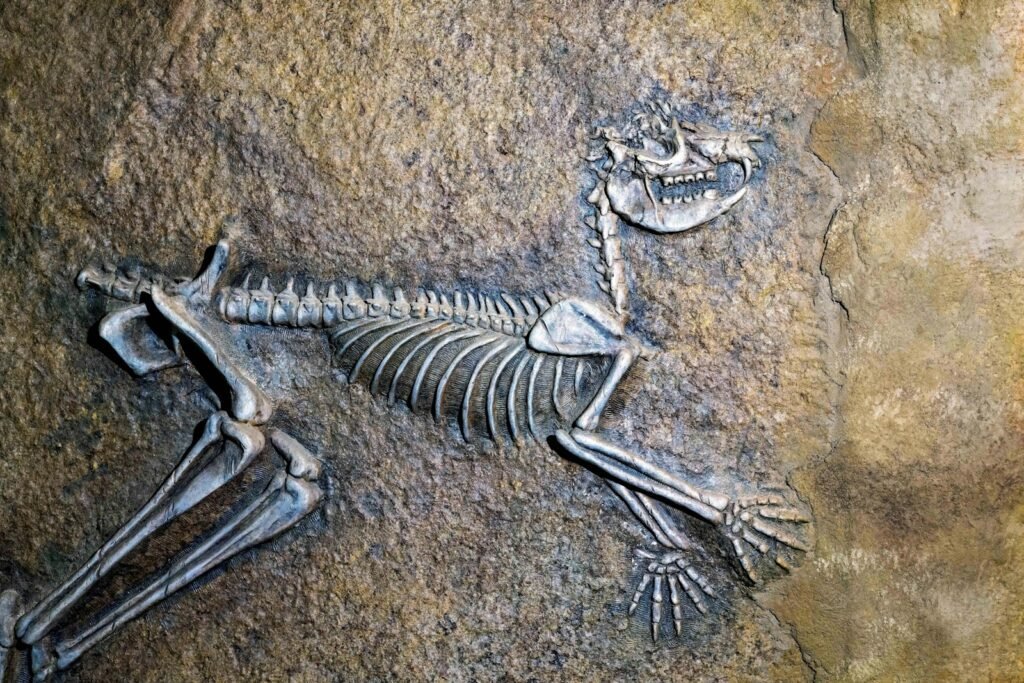
New techniques are poised to turn this hypothesis into sharper tests. Synchrotron imaging can illuminate growth rings and microdamage in bones, revealing stress patterns consistent with repeated high‑speed chases. Machine learning is matching trackway curvatures to locomotive strategies, flagging where pursuit likely beat ambush. Drone‑based photogrammetry maps ancient surfaces in exquisite detail, letting scientists model how a three‑meter‑tall hunter would have seen a meadow edge under low sun. Even plant wax biomarkers preserved in sediments are being decoded to reconstruct open‑versus‑closed habitat ratios across critical intervals.
Expect surprises as datasets enlarge. If the pattern holds, we may find that flowers didn’t just brighten the Cretaceous – they choreographed its most dramatic sprints.
Global Perspectives
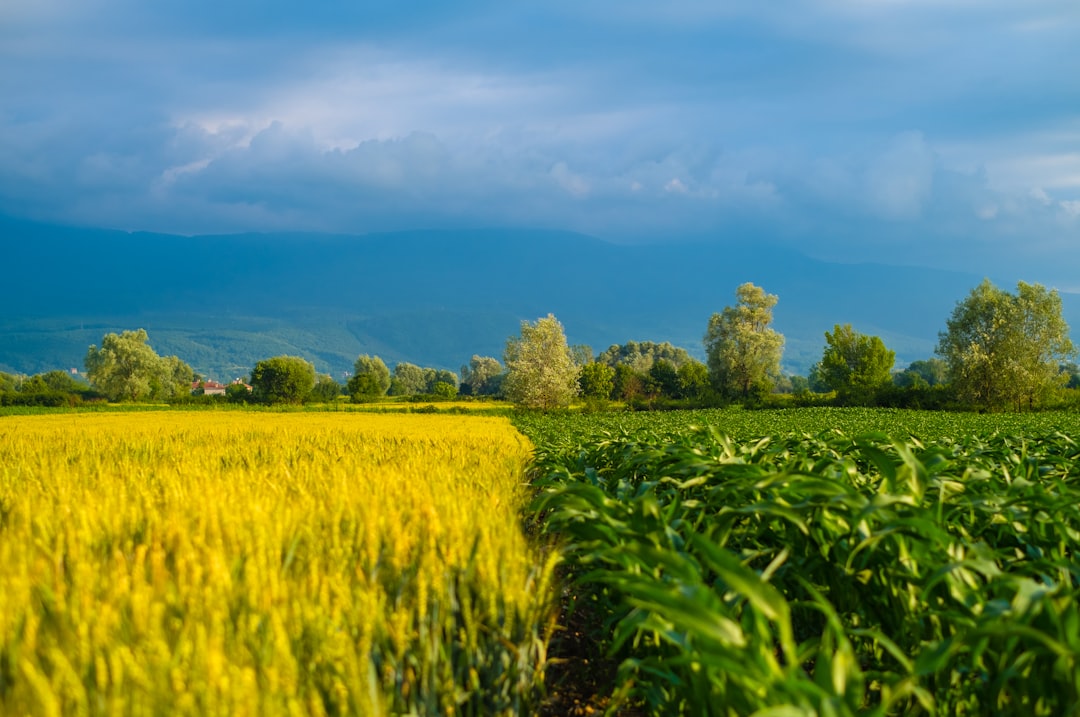
Not all meadows were created equal, and geography mattered. In coastal plains with frequent flooding, fast‑growing angiosperms likely reset the board every season, favoring adaptable, wide‑ranging predators. Inland basins with steadier conditions may have supported more predictable hunting territories and repeatable chase corridors. Climatic gradients layered on top of this, with warmer, drier belts encouraging low, open vegetation while wetter regions kept denser pockets of cover. The result is a patchwork of strategies rather than a single global script.
That mosaic explains conflicting signals in the fossil record. Local rules wrote local outcomes, but the throughline – plants steering the hunt – kept echoing across continents.
Conclusion
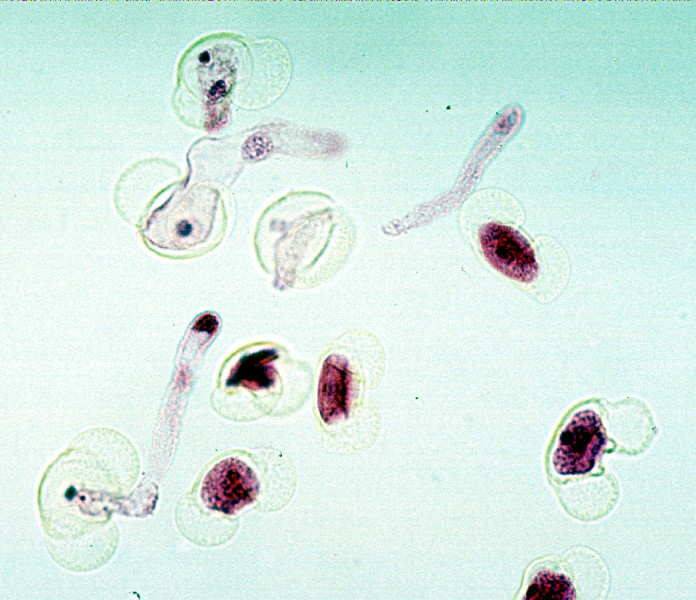
You can help push this story from plausible to proven. Support museums and regional field stations that curate microfossils; a single slide of pollen or phytoliths can redraw a map. Volunteer with citizen‑science programs that log trackway exposures after storms, when fresh surfaces appear and vanish in days. Encourage land stewardship around fossil localities so that delicate sediments aren’t lost to erosion before they’re documented. And if you’re an educator or student, bring plant science into dinosaur lessons; the chase makes sense only when the stage is set.
The next breakthrough may arrive not with a larger tooth, but with a smaller grain. Would you have guessed flowers could outsmart fangs?

Suhail Ahmed is a passionate digital professional and nature enthusiast with over 8 years of experience in content strategy, SEO, web development, and digital operations. Alongside his freelance journey, Suhail actively contributes to nature and wildlife platforms like Discover Wildlife, where he channels his curiosity for the planet into engaging, educational storytelling.
With a strong background in managing digital ecosystems — from ecommerce stores and WordPress websites to social media and automation — Suhail merges technical precision with creative insight. His content reflects a rare balance: SEO-friendly yet deeply human, data-informed yet emotionally resonant.
Driven by a love for discovery and storytelling, Suhail believes in using digital platforms to amplify causes that matter — especially those protecting Earth’s biodiversity and inspiring sustainable living. Whether he’s managing online projects or crafting wildlife content, his goal remains the same: to inform, inspire, and leave a positive digital footprint.

